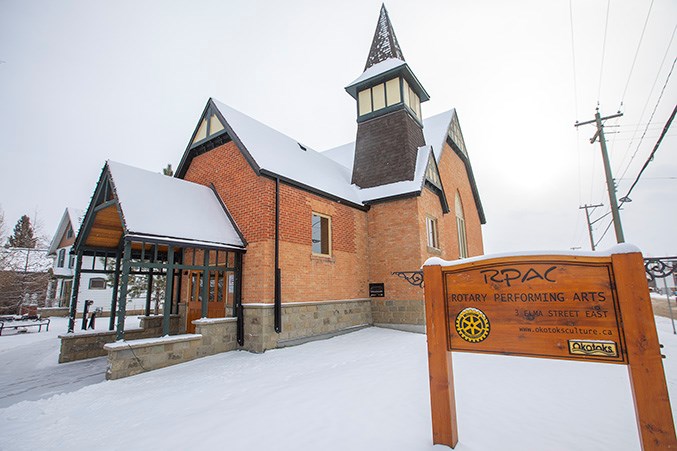Okotoks is looking to preserve its history with a new heritage designation program. Town council approved the Okotoks Municipal Heritage Designation Program at its Nov. 26 meeting. Culture and heritage manager Allan Boss said by approving the plan, council is making a statement that heritage resources are important to Okotoks and help promote social, cultural, economic and sustainability values in the community. “These types of plans tell us who we are, where we come from and where we’re going as a community,” said Boss. “Heritage conservation preserves our history, and it also helps sustain our unique sense of place and our character.” He said the heritage designation plan supports the Town’s vision of promoting a sense of community through thoughtful planning and design. The plan includes a framework for the future management of historical resources, he said. At this time, the plan does not require the Town to commit any dollars to launch the program, though there will be some budgetary recommendations in future budgets, likely in 2020, he said. Those expenditures could include plaques for designated sites and the possibility of offering an incentive program for landowners to pursue heritage designation on their properties or buildings. Jeanie Gartly, principal for JM Gartly Designs, who consulted on the development of the Municipal Heritage Designation Program, said meeting with the public over the past year proved there is an interest in preserving the town’s history. “We consistently heard the community values its history and heritage resources for the significant role they play in the sense of place and identity that makes Okotoks unique,” said Gartly. “We learned Okotoks values its historic buildings and landscapes and doesn’t want to lose them.” Enthusiasm from the community helped define the vision of the designation program, she said. The framework goals are to identify, protect and manage the heritage resources in town; to collaboratively work to implement policies, standards and actions; to capitalize on the reuse and integration of heritage buildings in development; to promote heritage conservation through awareness and education; and to seek resources, financial opportunities and partnerships to further conservation efforts. “The three key elements to achieve success in preserving heritage resources will be to identify the heritage resources, protect them by way of designation and manage them through intervention and maintenance,” said Gartly. Identification involves in-depth research of the Town’s history and preparing a context paper – a document that will highlight themes and time periods of note in Okotoks history, such as oil and gas, agriculture, lumber, politics or economics, she said. The context paper is used to identify and evaluate properties or buildings moving forward, she said. “You use the context paper because you always want to be evaluating on a broader range, not just be picking historic residential houses,” said Gartly. “There may be things in other aspects of those themes that were important to your history, so the context paper really is kind of a foundation for making sure you’re covering your history with what you’re trying to protect.” Once a property has been identified and evaluated, the designation step helps to protect it, she said. It’s a voluntary step for landowners, but it is the best form of protection, she said. When a heritage resource is approved, the Town will work with the landowner to meet the Standards and Guidelines for the Conservation of Historic Places in Canada, she said. “This will ensure the character-defining elements are preserved,” said Gartly. After working with the Town on the designation bylaw and agreement, the landowner will understand what can and cannot be done to the property or building, she said. Though not all heritage sites identified for the program may result in designation, Gartly said it’s still important to ensure their character-defining and architectural elements are maintained for potential future designation. At the end of the designation process, council will approve a bylaw indicating a building or a property has been identified as a heritage resource, she said. Mayor Bill Robertson said he was pleased to see RPAC among the first identified Town buildings to be considered for heritage designation. It’s important to keep history alive, he said. “We certainly need to pay attention to our past and preserve what’s possible,” said Robertson.




